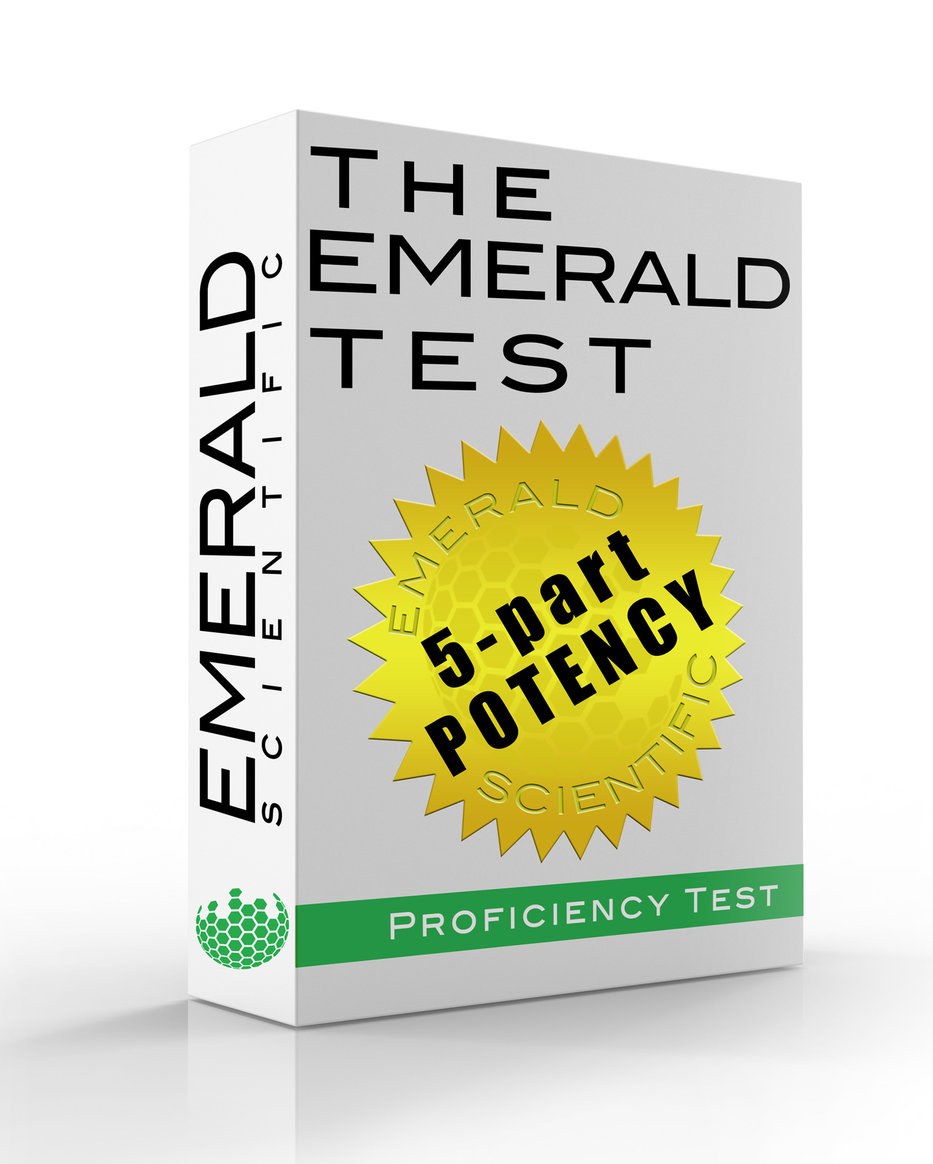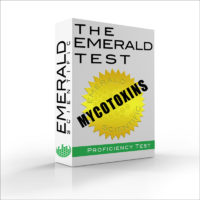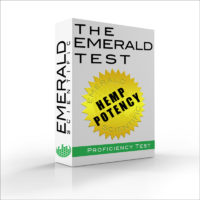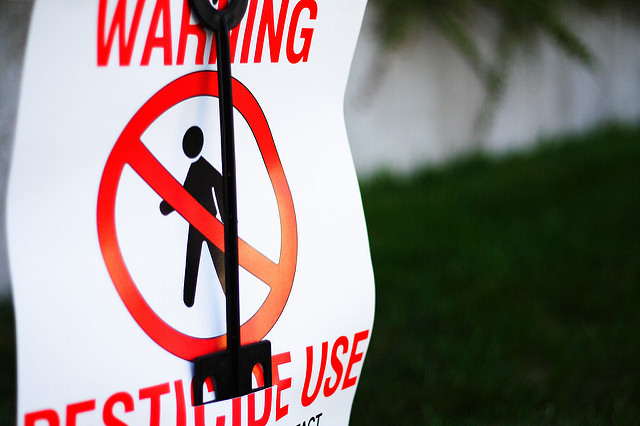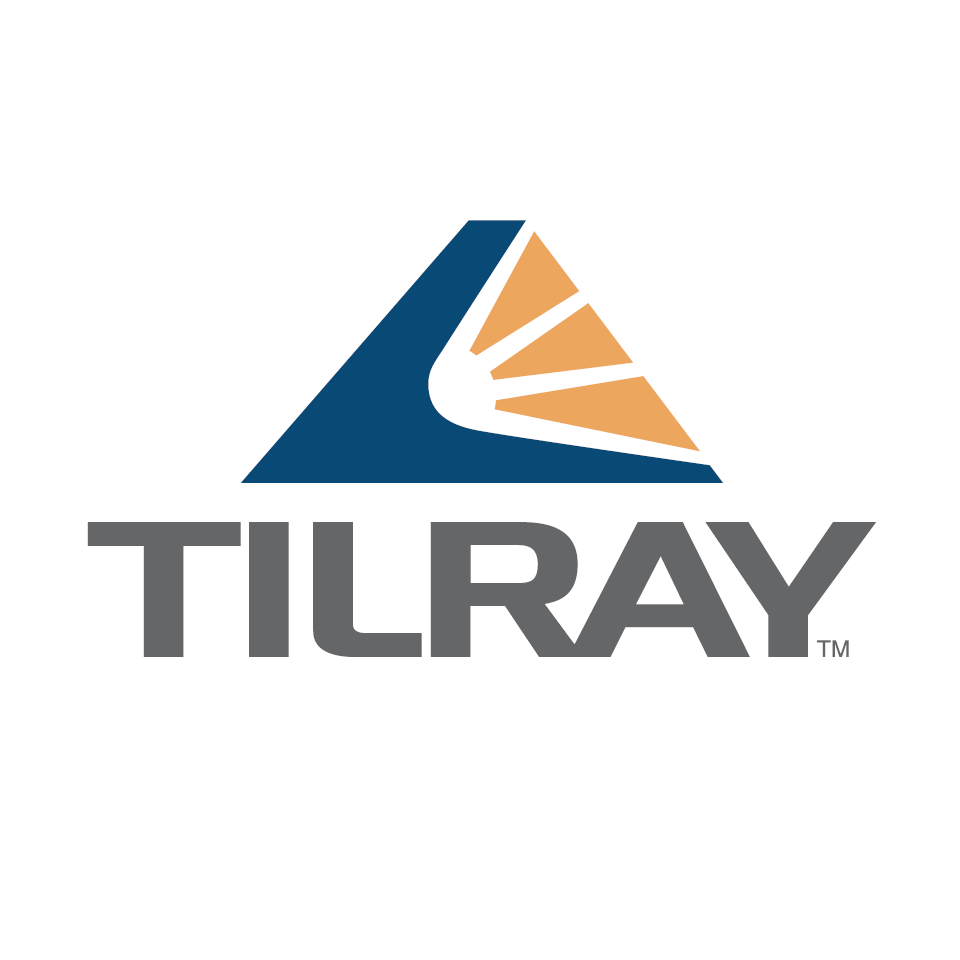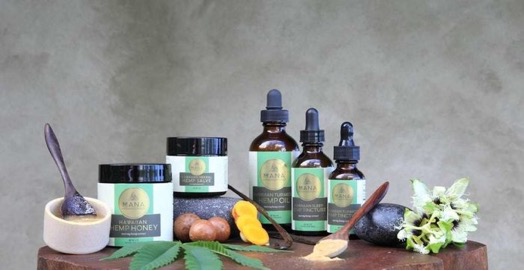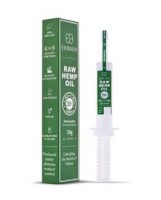The Food Safety Consortium, taking place November 13-15 in Schaumburg, Illinois, will host a series of talks geared towards the cannabis industry this year. The newly launched Cannabis Quality Track features a number of panels and presentations designed to highlight the many intersections between food safety and cannabis.
 The track will have presentations discussing food safety planning in cannabis manufacturing, HACCP, GMPs, regulatory compliance and supply chain issues among other areas. One particular topic of interest in the quality and safety of cannabis products is laboratory testing. At the event this year, leading laboratory accreditation bodies in the country will sit together on a panel titled Accreditation, Regulation & Certification: Cannabis Labs and Production.
The track will have presentations discussing food safety planning in cannabis manufacturing, HACCP, GMPs, regulatory compliance and supply chain issues among other areas. One particular topic of interest in the quality and safety of cannabis products is laboratory testing. At the event this year, leading laboratory accreditation bodies in the country will sit together on a panel titled Accreditation, Regulation & Certification: Cannabis Labs and Production.

Representatives from ANSI-ASQ National Accreditation Board (ANAB), the American Association for Laboratory Accreditation (A2LA) and Perry Johnson Laboratory Accreditation (PJLA) will host the panel on the morning of Wednesday, November 14.
Panelists will include:
- Roger Muse, vice president of business development of ANAB
- Christopher Gunning, life sciences accreditation manager with A2LA
- Tracy Szerszen, president/operations manager, PJLA
- Lauren Maloney, food safety program accreditation manager, Perry Johnson Registrars Food Safety, Inc. (PJRFSI)

Laboratories that are new to the industry and looking to get accredited should be aware of the new ISO/IEC 17025:2017 standard, which was released last year. According to Tracy Szerszen, labs that have already been accredited to the 2005 version will be required to transition to the 2017 version by November 29, 2020. “This can be done in conjunction with routine assessments scheduled in 2019 and 2020,” says Szerszen. “However, laboratories are cautioned to transition within a reasonable timeframe to avoid their 17025: 2005 certificate from lapsing prior to the transition deadline. Some of the changes to the standard include but are not limited to: the re-alignment of clauses similar to ISO 9001:2015 and other ISO industry standards, modifications to reporting and decision rules, the addition of risked based thinking and a new approach to managing complaints.” Szerszen, along with the other panelists, will go much more in-depth on changes to the new ISO 17025 and other topics during the panel at the Food Safety Consortium.
Some of the other topics the panel will discuss include:
- ISO/IEC 17025 –what’s expected, benefits of accreditation, common deficiencies, updates to the new 17025 standard
- Standards available for production facilities-GMPs & GFSI standards
- How standards can be used to safeguard the quality of production and safety requirements
- An open discussion with panelists from leading accreditation bodies on the state of cannabis lab testing

According to Chris Gunning, many states are requiring accreditation to ISO/IEC 17025, the standard used throughout the world in many other high-profile industries such as the testing of food and pharmaceuticals, environmental testing, and biosafety testing. “In an industry where there are few standard methods, where one hears that you can ‘pay to play,’ and where there are ‘novice’ laboratories popping up with little experience in operating a testing laboratory, it is extremely important to have an experienced, independent, 3rd party accrediting body evaluating the laboratory,” says Gunning. “This process confirms their adherence to appropriate quality management system standards, standard methods or their own internally developed methods, and can verify that those methods produce valid results. Ultimately, the process of accreditation gives the public confidence that a testing laboratory is meeting their state’s requirements and therefore consumers have access to a quality product.” He says most states with legal cannabis recognize the need for product testing by a credentialed laboratory.

Another important topic that the panel will address is the role of food safety standards in the cannabis industry. Lauren Maloney says cannabis product manufacturers should consider GMP and HACCP certifications for their businesses. “Food safety is important to the cannabis industry because although individual states have mandated several food safety requirements there still considerable risks involved in the production of cannabis products,” says Lauren Maloney. “Consumers want the assurance that the cannabis products are safe and therefore should be treated like a food product. Because FDA does not have oversight of these production facilities, third party certification is essential to ensure these facilities implement a robust food safety system.”
The panelists will examine these issues along with other topics in greater detail during their talk at this year’s Food Safety Consortium.






